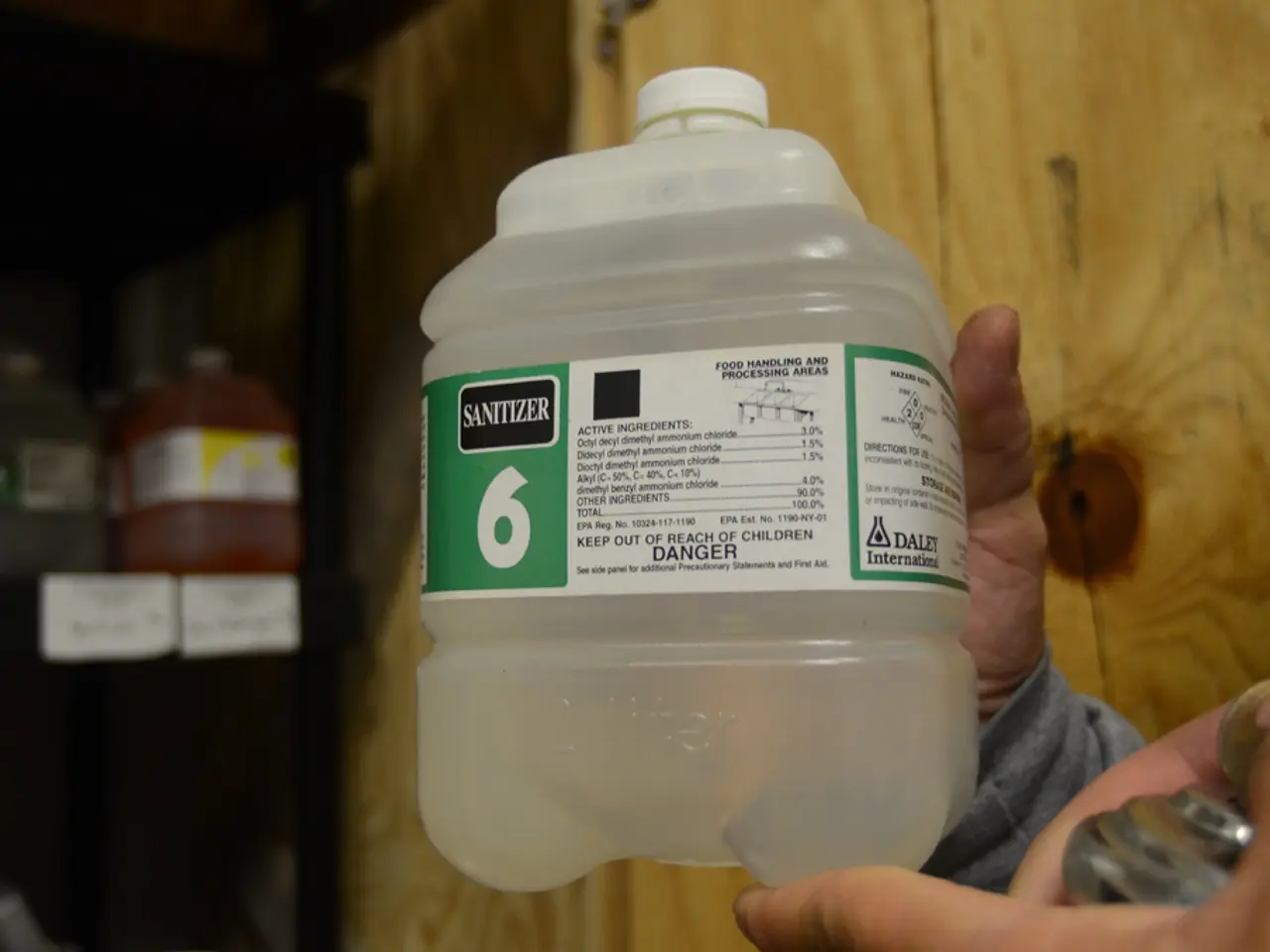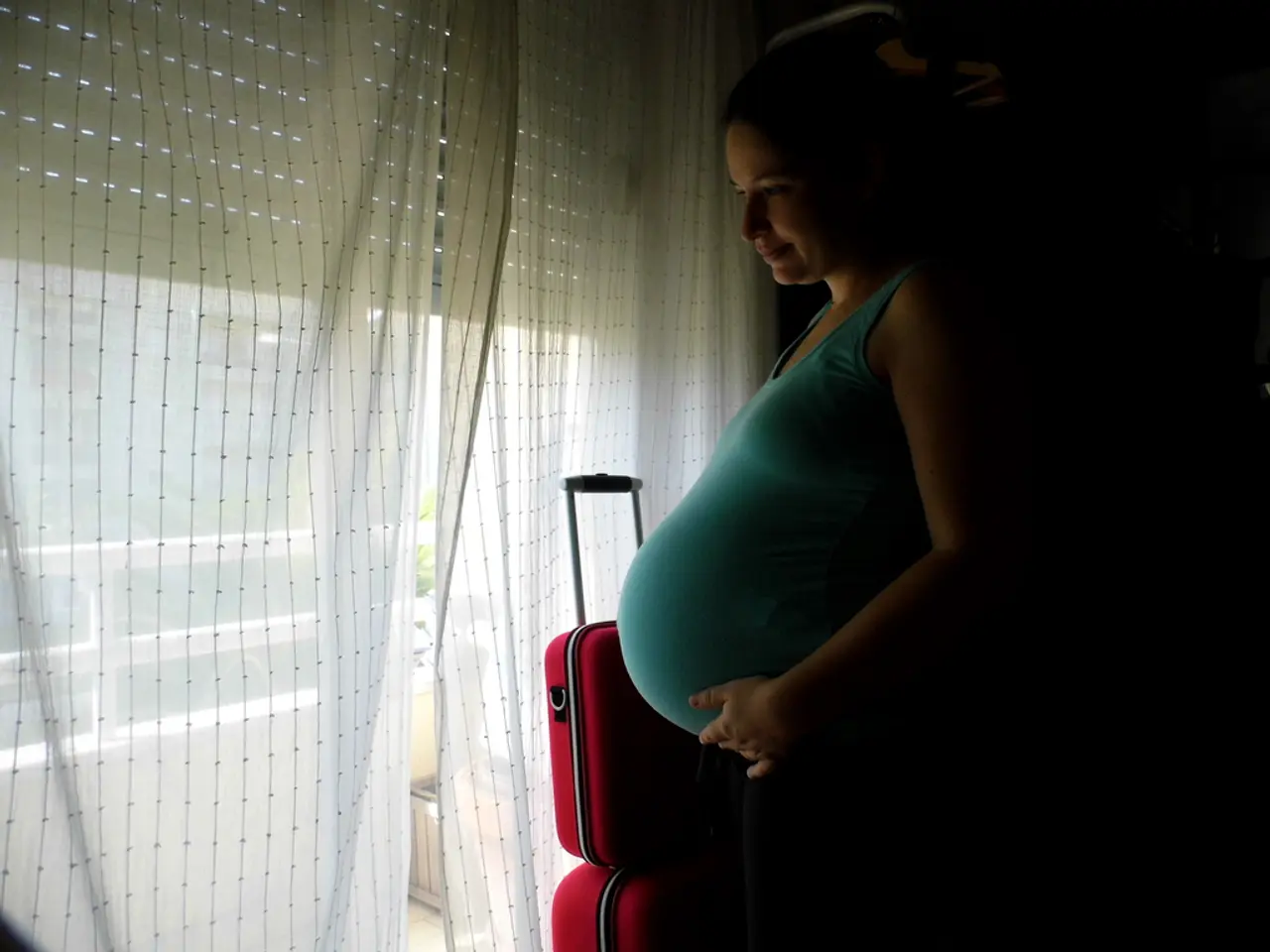Safe Wrapping for Infants: Prioritizing Comfort and Security
=================================================================
Swaddling, a traditional technique for soothing and comforting newborns, has seen a resurgence in modern parenting. By simulating the sensation of being rocked or held, swaddling can promote better sleep and reduce anxiety in babies. However, it's crucial to follow safe swaddling practices to ensure the baby's comfort and safety.
Positioning is key when swaddling. Always place the baby on their back to sleep, as this is the safest sleeping position to reduce the risk of Sudden Infant Death Syndrome (SIDS).
The wrapping technique is equally important. Use a swaddle that allows the baby's hips and legs to move freely, ideally enabling a natural frog-leg position to prevent hip dysplasia. Do not swaddle the baby too tightly, especially around the hips and chest. Avoid swaddling above the shoulders to prevent suffocation risk. Ensure the baby's arms can be left out or accessible when transitioning out of swaddling, and allow access to the hands for natural self-soothing behaviors like sucking.
Avoid overheating by using light, thin fabrics for swaddles and avoiding over-bundling with additional blankets or heavy sleepwear. Dress the baby in appropriate sleep clothes underneath the swaddle. Check the baby’s chest or back to assess temperature rather than hands or feet. It’s normal for extremities to feel cooler. Keep the baby’s sleep environment between 20–22°C (68–72°F) and ensure good airflow without direct drafts on the baby’s body.
Avoid loose bedding, pillows, or bumpers in the crib to enhance air circulation and reduce heat trapping. Consider using a sleep sack alternative that allows hip movement and arm access for safety and comfort. Trim baby's nails regularly to prevent scratching when hands are accessible.
These recommendations collectively aim to balance the benefits of swaddling—such as soothing and improved sleep—with safety measures to prevent overheating, suffocation, and developmental risks. In addition, gentle rocking or bouncing the baby in a parent's arms, playing soft and soothing music, skin-to-skin contact, and using pacifiers can also help soothe and comfort your little one. Always consult a pediatrician or a baby care specialist for guidance and demonstration on proper swaddling techniques.
- Swaddling, a popular method in modern parenting, promotes better health and sleep for kids, reducing anxiety while simulating the feeling of being held.
- To ensure safety and comfort during swaddling, parents must adhere to appropriate swaddling techniques and place the baby on their back to sleep to reduce the risk of SIDS.
- Adequate education on swaddling is essential to understanding how to prevent hip dysplasia, suffocation, and overheating, focusing on the importance of loose swaddles, baby's hip and leg movement, and avoiding swaddling above the shoulders.
- Health and wellness as a family priority can be improved with careful swaddling practices, proper air circulation in the baby's sleeping environment, and regular nail trimming to prevent scratching.
- By following these guidelines and including additional soothing techniques like gentle rocking, music, skin-to-skin contact, and pacifiers, parents can ensure a safe and comfortable lifestyle for their newborns.
- For guidance on proper swaddling techniques, relying on the advice of a pediatrician or baby care specialist is crucial to ensuring the health and wellbeing of one's baby.



